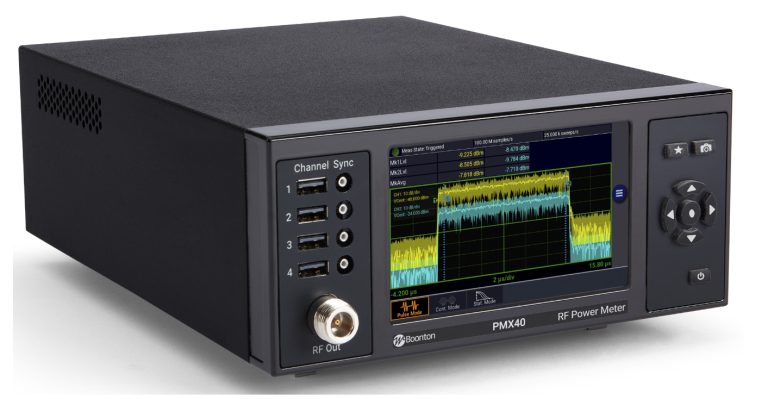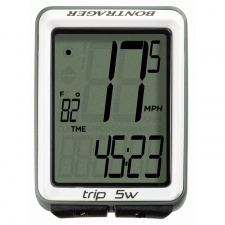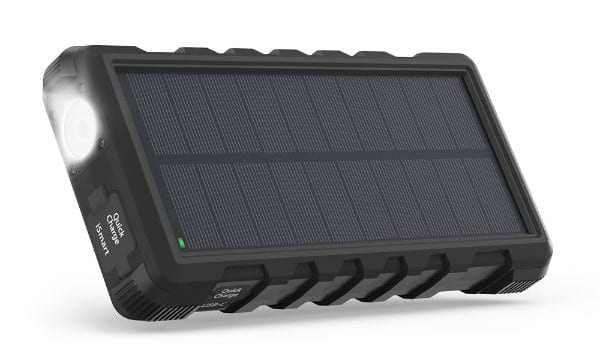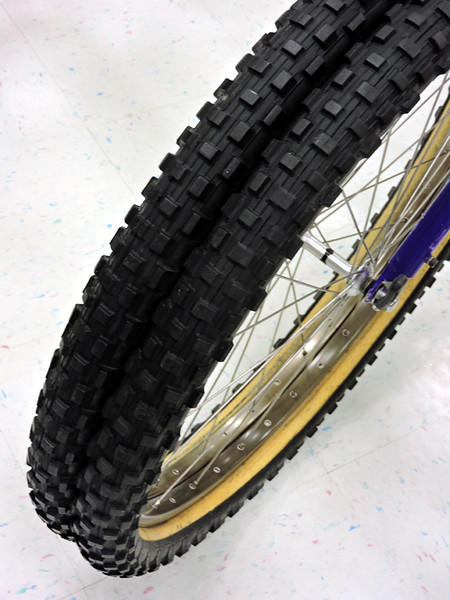How to Use cycling gadgets Effectively to Boost Your Performance
Introduction
Cycling has evolved dramatically over the years, transformed by the advancement of technology. Today, cycling gadgets offer riders an array of benefits, from real-time performance tracking to enhanced safety features. Understanding how to use cycling gadgets effectively can significantly enhance a rider’s experience, providing both competitive edge and enjoyment. With tools like bike computers, heart rate monitors, and cycling apps, cyclists can now delve into cycling performance metrics that were once unknown to them. Moreover, the integration of wearable technology into cycling gear opens new horizons for optimizing both training and bike maintenance.
Training Techniques for Cyclists
Utilizing Data from Cycling Gadgets
To maximize your training sessions, leverage cycling gadgets such as bike computers and power meters. These devices can track speed, distance, power output, and more. By analyzing this data regularly, cyclists can make informed decisions about their training regimes.
For instance, using a heart rate monitor, you can keep your heart rate within specific zones to effectively improve endurance. Studies have shown that training within the correct heart rate zones can enhance cardiovascular fitness and increase VO2 Max. This gadget, combined with data analysis, offers cyclists a reliable way to monitor and adapt their training intensity.

cycling cadence and Performance Metrics
Understanding your cycling cadence, measured in revolutions per minute (RPM), is crucial for optimizing cycling performance. Cadence sensors provide insights into how fast you’re pedaling, allowing adjustments that improve efficiency and prevent exhaustion. Experienced cyclists often aim for a cadence of 80-100 RPM, which balances speed and energy expenditure.
Focus on maintaining a consistent cadence during different phases of a ride. Metrics obtained can pinpoint areas for improvement, aiding in fine-tuning training regimens. Furthermore, wearable technology like smart helmets can offer real-time feedback, further refining cycling techniques.
Best Nutrition Practices for Cyclists
While gadgets aid in monitoring physical output, nutrition plays a vital role in cycling performance. Integrate cycling apps that track nutrition and hydration to complement the data from your bike gadgets. Apps can remind you of water intake and even suggest diet plans to match your training intensity.
For example, consuming carbohydrates during long rides can delay fatigue. Coupled with power-meter data, cyclists can adjust their intake for optimal energy efficiency during high-intensity training.
Cycling Safety Tips
Advancements in Cycling Safety Gadgets
The realm of cycling gadgets isn’t just about performance; it’s also about enhancing safety. Smart lights and smart helmets are revolutionizing bike safety. Smart lights can automatically adjust brightness based on ambient light conditions, making you more visible to motorists.
Integrating GPS navigation in helmets can aid route planning, ensuring safer and more efficient paths. Cyclists can use data from these gadgets for better decision-making, enhancing both travel and safety.

Bike Safety Gadgets
Prioritizing bike safety includes regular bike maintenance and employing gadgets designed for safety. Wearable technology like reflective gear is a simple yet effective tool. Smart helmets, fitted with accident detection and alert systems, provide an extra layer of protection during rides.
By using GPS navigation systems, cyclists reduce risks associated with unfamiliar routes by having instant access to maps and directions. Engaging in precautionary practices, supported by cycling gadgets, promotes a culture of safety necessary for any cyclist.
How to Choose the Right Cycling Gear
Selecting the right gear doesn’t only depend on comfort but also on how it complements cycling gadgets. Look for accessories that integrate well with your gadgets, enhancing comfort without compromising performance.
For wearable technology, consider items like smart jerseys that monitor biometrics, or gloves with integrated controls for gadgets. Continuous optimization of gear can significantly improve training and safety while cycling.
Gadget Maintenance
Just as regular bike maintenance prolongs your bike’s life, gadget maintenance extends the usability of your cycling tech. Regularly updating software, checking battery health, and cleaning devices post-ride ensures accurate data output and safety. Efficient gadget maintenance is crucial to prevent malfunction during critical rides.
Data, Metrics, and Studies
Research consistently supports the efficacy of using cycling gadgets to boost performance. For example, studies into VO2 Max improvements for cyclists highlight the benefits of integrated training metrics offered by gadgets like power meters. By tracking output and efficiency, cyclists can tailor workouts to achieve specific goals, be it increasing endurance or improving speed.
Advanced data analysis available through cycling gadgets allows riders to devise training plans that not only maximize cycling performance but also foster mental resilience required for challenging routes. Explore studies and data accessible through cycling apps to stay informed and competitive.
User Intent and Benefits
Tailoring user intent with gadget application plays a major role in cyclists achieving different goals, be it improving endurance, optimizing workouts, or learning cycling techniques. Gadgets like cadence sensors and heart rate monitors inscribe the benefits of these techniques into practical usage.
The application of cycling gadgets ensures measurable improvement patterns, boosting not only performance but also enjoyment of the sport. Cyclists can better visualize progression, making the sport more engaging and goal-oriented.
FAQs
1. How do cycling gadgets improve my performance?
Cycling gadgets like bike computers and power meters help track performance metrics such as speed, distance, and power output. By analyzing this data, cyclists can adjust their training regimes and enhance their cycling performance over time.
2. What type of cycling gadget is best for a beginner?
For beginners, a heart rate monitor and a basic bike computer would be ideal. These devices offer critical insights into performance aspects like heart rate and achieved speed, essential for tailoring initial training regimens.
3. How often should I perform gadget maintenance?
Routine checks and clean-ups, post-ride, are recommended. Ensure to update your gadgets regularly to avoid technical hiccups and keep them functioning optimally.
4. Can cycling gadgets help with improving safety?
Yes, gadgets such as smart lights and helmets equipped with GPS improve cyclist visibility and aid in route planning, which significantly enhances safety, especially in traffic-dense areas.
5. What additional benefits do cycling apps offer?
Cycling apps enhance training with features like route planning, nutrition monitoring, and detailed performance metrics. They provide a comprehensive suite of tools for tracking and optimizing cycling activities.
Conclusion
Cycling gadgets bring a world of opportunity to cyclists, whether aiming to boost performance or enhance safety. By learning how to use cycling gadgets effectively, cyclists can unlock new levels of training optimization and bike maintenance, transforming every ride into a step toward cycling success. Embrace these technologies, explore their potential benefits, and share your experiences within the cycling community. Your journey into tech-enhanced cycling starts now—don’t wait to take the first pedal stroke toward improved performance and safety.




